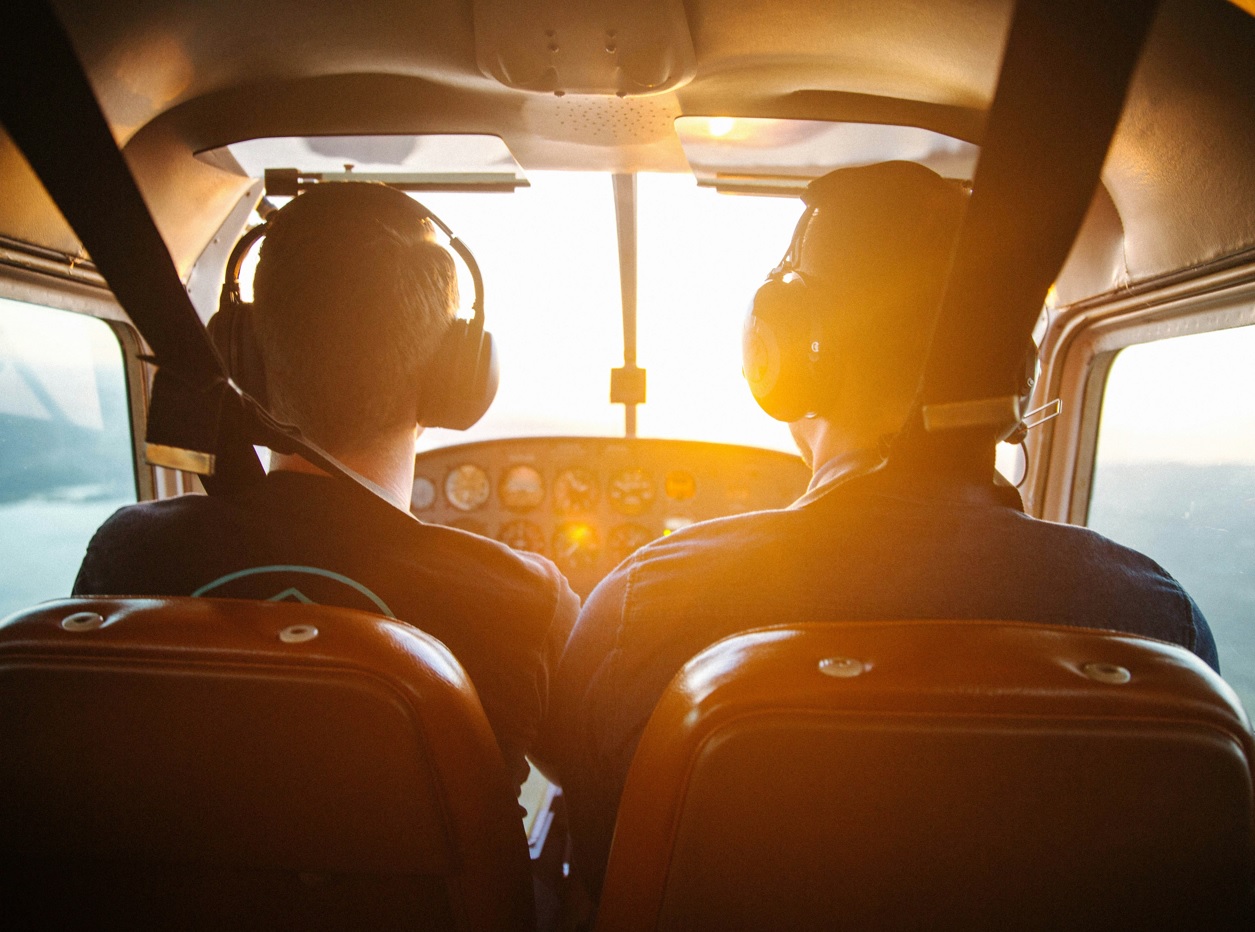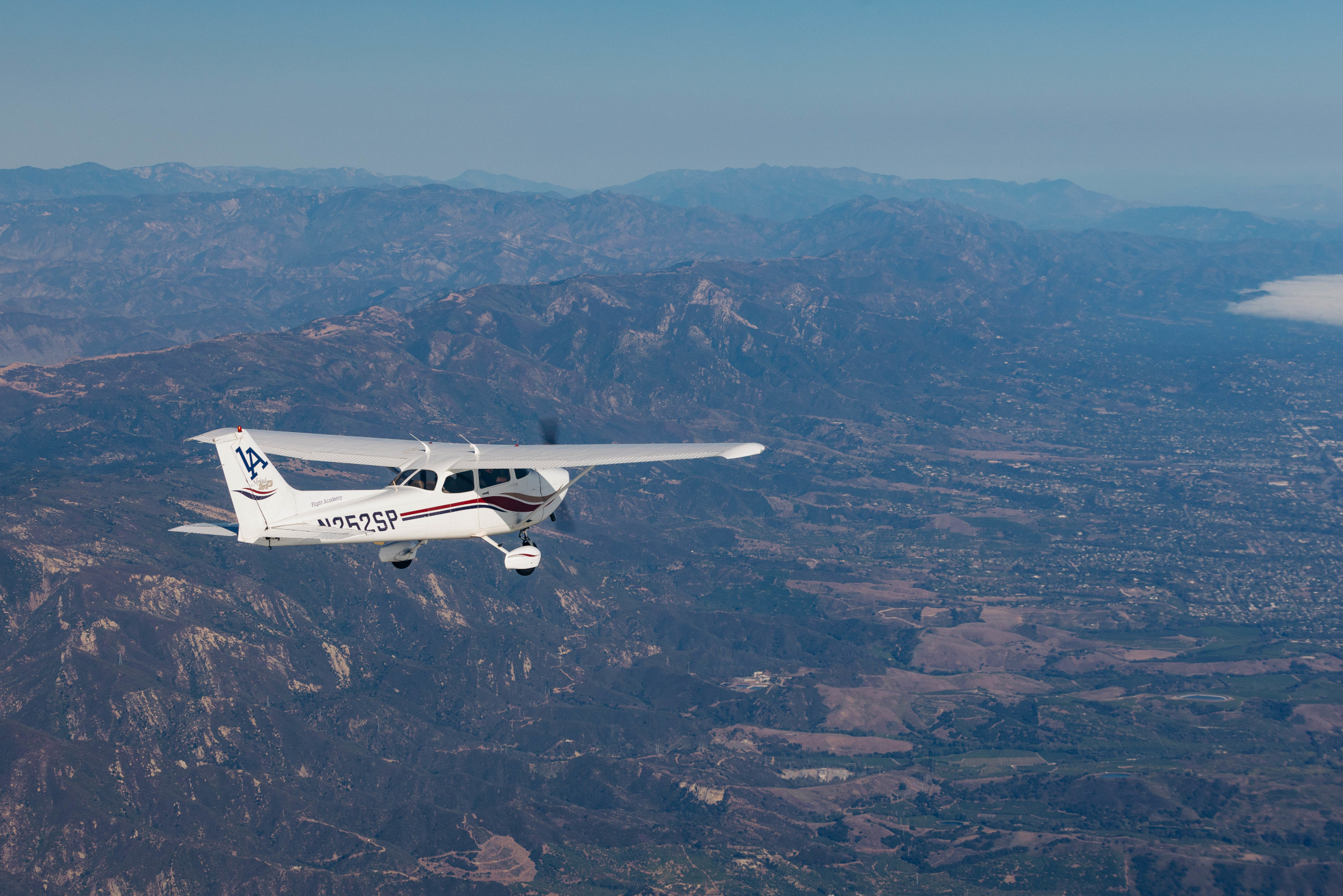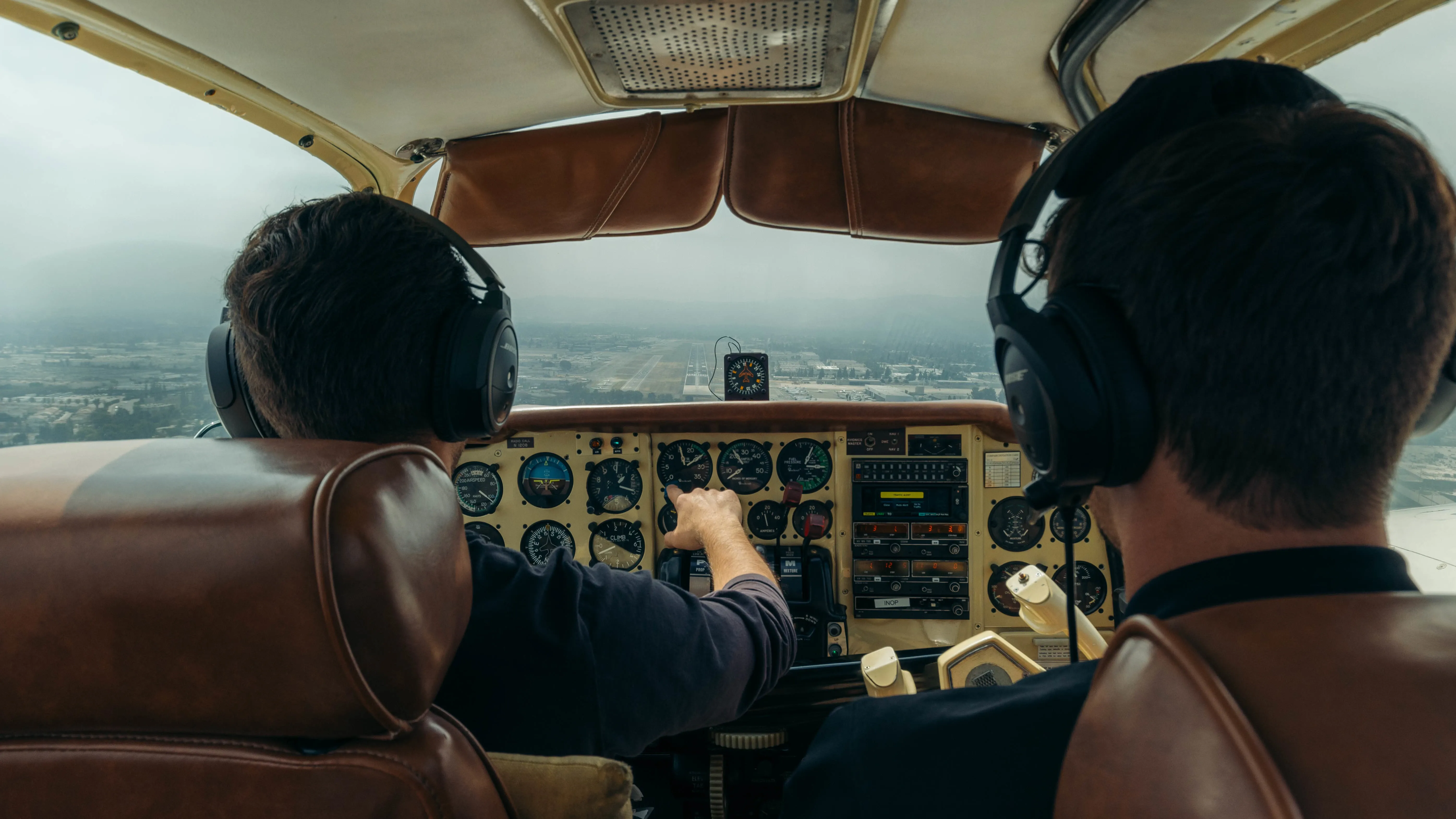
Your Dream of Flying: The Complete Guide to Becoming a Commercial Airline Pilot
Published by: Alex Feldman
Have you ever gazed up at a plane soaring overhead and imagined yourself in the captain’s seat? That childhood dream of becoming a commercial airline pilot doesn’t have to stay grounded in fantasy. With the right training, dedication, and guidance, you can transform your passion for aviation into a rewarding career that literally takes you to new heights every day.
Why Now Is the Perfect Time to Pursue Your Pilot Dreams
The aviation industry is experiencing unprecedented growth, creating exciting opportunities for aspiring pilots. Airlines are actively recruiting, and the demand for qualified commercial pilots continues to soar. This means better career prospects, competitive salaries, and the chance to join an industry that’s always moving forward.
But here’s the thing—becoming a commercial pilot isn’t just about having a dream. It requires a structured approach, quality training, and the right support system to guide you through each milestone.
Your Flight Path: From First Solo to First Officer
The journey to the airlines follows a clear progression, and each step builds upon the last. Think of it as climbing a ladder where each rung brings you closer to your ultimate goal:
Starting Strong: Your Private Pilot License (PPL)
This is where your aviation story begins. During Private Pilot License training, you’ll experience the pure joy of your first solo flight—a moment every pilot remembers forever. You’ll master the fundamentals of flight, develop safety-first thinking, and build the confidence that forms the foundation of your future career. It’s not just about learning to fly; it’s about discovering the pilot within yourself.
Expanding Your Horizons: Instrument Rating (IR)
Weather doesn’t stop airlines from flying, and it shouldn’t limit your capabilities either. Your Instrument Rating teaches you to navigate through clouds, fog, and challenging conditions using nothing but your instruments. This training transforms you from a fair-weather flyer into a professional who can handle whatever Mother Nature throws your way.
Going Professional: Commercial Pilot License (CPL)
Here’s where things get serious. Commercial Pilot License training focuses on precision, professionalism, and the kind of decision-making skills that passengers trust their lives with. You’ll learn complex maneuvers, master advanced navigation, and develop the situational awareness that separates professional pilots from recreational flyers.
Mastering Complexity: Multi-Engine Rating (ME)
Modern airliners have multiple engines, and your Multi-Engine Rating prepares you for this complexity. You’ll learn to handle engine failures, understand advanced aircraft systems, and manage the increased performance that comes with sophisticated aircraft. This rating is often your ticket to more advanced flying opportunities.
Teaching and Learning: Certified Flight Instructor (CFI)
Many successful airline pilots build their experience as flight instructors. It’s a brilliant strategy—you earn money while building flight hours, and teaching others deepens your own understanding of aviation. The Certified Flight Instructor program develops communication skills that are invaluable when you’re eventually coordinating with air traffic control and working as part of an airline crew.
 The complete path to your airline career - each certification builds on the last, creating the experience and qualifications airlines demand
The complete path to your airline career - each certification builds on the last, creating the experience and qualifications airlines demand
The Power of Accelerated, Real-World Training
Gone are the days when pilot training had to drag on for years. Modern accelerated programs can help you complete certifications in months rather than years, without cutting corners on safety or quality. The key is finding a training environment that combines speed with substance.
The best training programs focus on scenario-based learning—putting you in situations that mirror real-world flying challenges. Instead of just memorizing procedures, you’ll practice making decisions under pressure, handling unexpected situations, and thinking like a professional pilot from day one.
Training Where It Matters: The Airport Environment
Not all training environments are created equal. Learning at a busy airport like Van Nuys—one of America’s busiest general aviation hubs—gives you invaluable experience with complex airspace, heavy traffic, and the kind of communication skills you’ll use throughout your career.
This dynamic environment means you’re not just learning in a quiet training bubble. You’re developing skills alongside experienced pilots, navigating real air traffic control instructions, and building the confidence that comes from operating in a professional aviation environment.
Technology That Accelerates Your Learning
Modern flight training leverages cutting-edge technology to make your education more effective and efficient. FAA-approved simulators let you practice emergency procedures safely, work through challenging weather scenarios, and perfect your instrument approaches without the cost and weather dependencies of actual flight time.
These tools don’t replace real flying—they enhance it. You can repeat difficult procedures until they become second nature, explore “what if” scenarios safely, and arrive at your actual flight lessons better prepared and more confident.
Beyond Technical Skills: Building Your Professional Identity
Airlines don’t just hire pilots—they hire aviation professionals. This means developing leadership skills, learning to communicate clearly under pressure, and building the kind of decision-making abilities that inspire confidence in passengers and crew members alike.
The best training programs recognize this, incorporating soft skills development alongside technical instruction. You’ll learn crew resource management, practice scenario-based decision making, and develop the professional demeanor that sets career-focused pilots apart.
Your Bridge to the Airlines: Career Support That Works
Completing your training is just the beginning. The aviation industry can seem overwhelming to navigate alone, which is why career support is crucial. Look for training programs that offer:
- Direct industry connections with charter operators and regional airlines
- Resume and interview coaching from aviation HR professionals
- Strategic flight time building plans that maximize your employability
- Ongoing mentorship from pilots currently working in the industry
These connections can make the difference between wondering how to break into the industry and having a clear path to your first professional flying job.
Building Hours the Smart Way
Airlines require specific flight time minimums, but it’s not just about logging hours—it’s about gaining meaningful experience. The most successful pilot candidates build time in ways that develop their skills while meeting regulatory requirements.
Consider opportunities like:
- Flight instruction (builds communication skills and deepens technical knowledge)
- Charter operations (provides exposure to professional flying environments)
- Specialized flying roles (aerial survey, cargo, etc.)
Each of these paths offers unique learning opportunities while building the flight time you need for airline consideration.
 Training at LA Flight Academy
Training at LA Flight Academy
The Financial Reality: Investing in Your Future
Pilot training is a significant investment, but it’s important to view it in context. Commercial airline pilots enjoy excellent earning potential, comprehensive benefits, and job security in a growing industry. The initial training costs are typically recovered within the first few years of professional flying.
Many training programs offer financing options, and some airlines even provide tuition reimbursement or direct-entry programs for qualified candidates. The key is choosing training that provides clear value and positions you for success in the job market.
Your Support Network: The Power of Community
The aviation community is remarkably supportive, and building relationships during your training pays dividends throughout your career. Your fellow students, instructors, and industry connections become a network that can provide job leads, career advice, and professional support for decades to come.
Look for training environments that foster this sense of community—places where instructors are genuinely invested in your success and where student achievements are celebrated collectively.
Taking the First Step: Making Your Dream Reality
Every airline captain started exactly where you are now—with a dream and the decision to pursue it. The difference between those who make it and those who don’t often comes down to taking that first concrete step.
The aviation industry needs passionate, dedicated pilots, and with the right training and support, there’s no reason you can’t be one of them. The view from 35,000 feet, the satisfaction of safely transporting passengers to their destinations, and the pride of wearing those captain’s stripes—it’s all within reach.
Your journey from aviation enthusiast to airline professional starts with a single decision: the choice to begin. The sky isn’t the limit—it’s your destination.
Ready for Takeoff?
The path to becoming a commercial airline pilot is clearer than ever, with structured training programs, advanced technology, and strong industry demand all working in your favor. Whether you’re just starting to explore aviation or you’re ready to commit to your pilot training, remember that every expert was once a beginner.
If you’re ready to start turning your aviation dreams into reality, explore the comprehensive training programs at LA Flight Academy to see how each step builds toward your commercial pilot career. Your dream of flying professionally isn’t just possible—with the right training and determination, it’s inevitable. The question isn’t whether you can become an airline pilot; it’s when you’ll decide to start your journey.
The cockpit is waiting, and your adventure in aviation begins with your next step forward.
